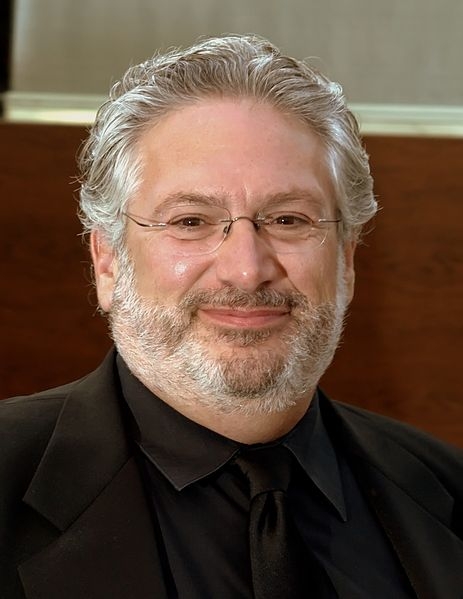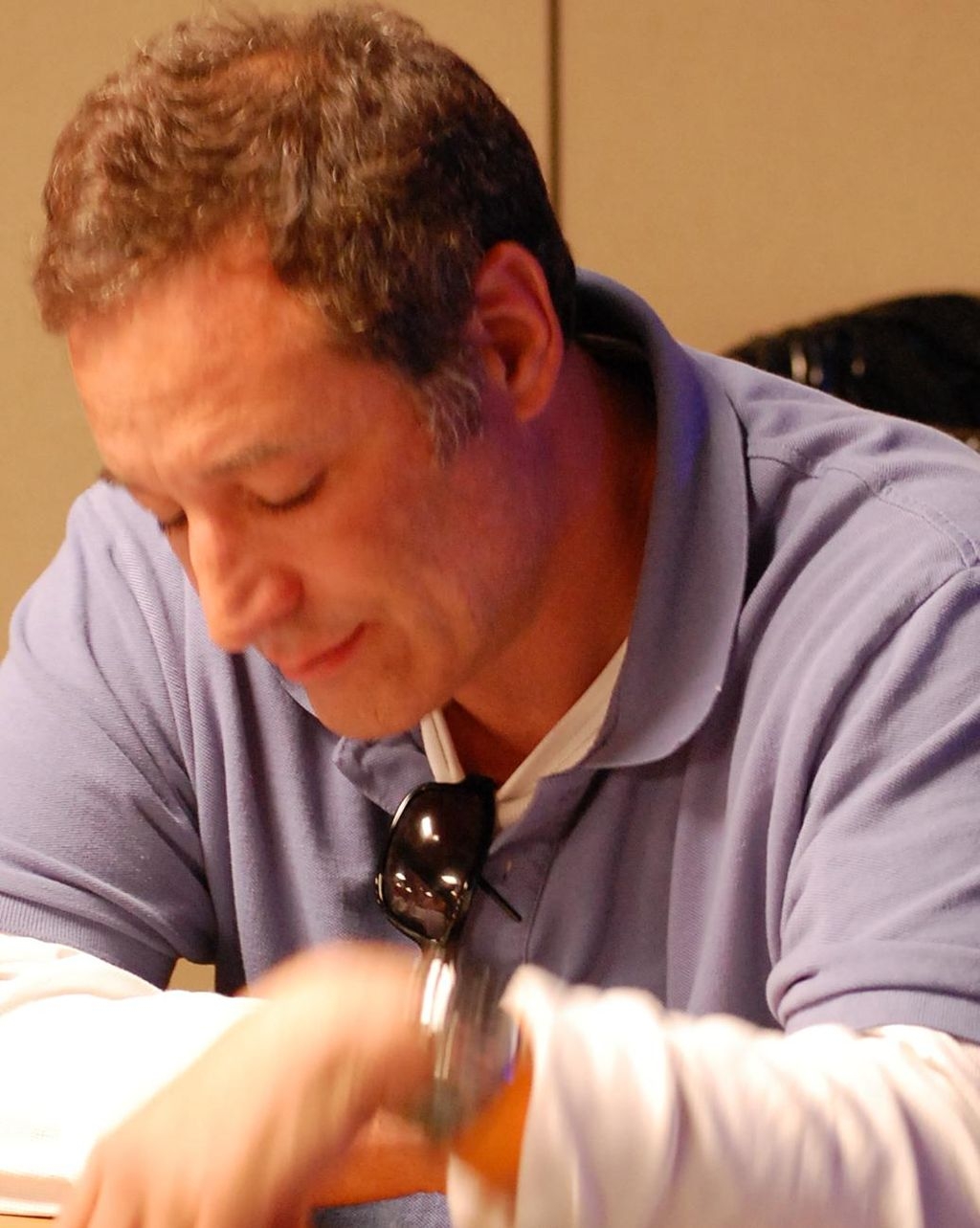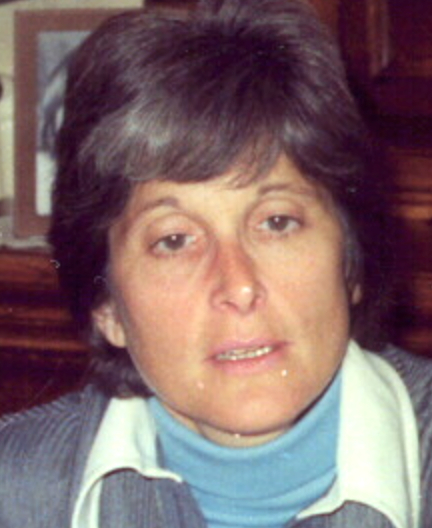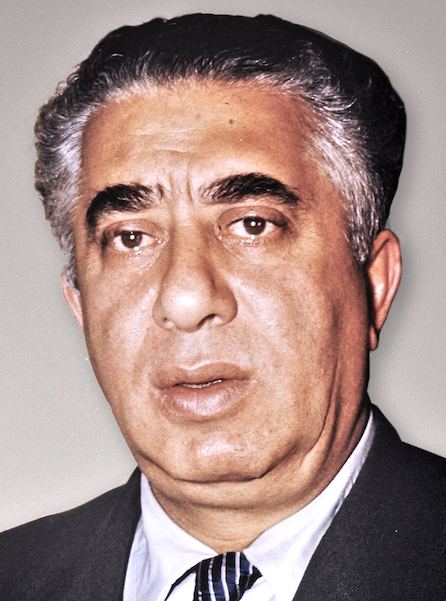June 6
Harvey Fierstein

On this date in 1952, actor, comedian, playwright and LGBT activist Harvey Forbes Fierstein was born in Brooklyn, N.Y. He debuted in the Andy Warhol play “Pork” in 1971. He has since been in over 60 off-off-Broadway plays, including his own productions. One of his three-act plays, “The Torch Song Trilogy,” in which he played a gay man, opened off-off-Broadway in 1980, transferred to Broadway and won Fierstein two Tony Awards, an Obie, a Dramatist Guild Award, two Drama Desk Awards and a nomination for the prestigious Laurence Olivier Award.
The hugely successful play was made into a movie in 1988, with Fierstein writing the screenplay and co-starring with Matthew Broderick and Anne Bancroft. He earned his third Tony for his book of the musical “La Cage aux Folles.” He picked up a fourth Tony for his portrayal of Edna Turnblad in the Broadway version of “Hairspray” (2003).
In addition to his theater work, Fierstein is a popular face (and voice) in films, including such hits as “Mrs. Doubtfire” (1993), “Bullets Over Broadway” (1994), “Independence Day” (1996), “Death to Smoochy” (2002) and “Duplex” (2003), which starred Ben Stiller and Drew Barrymore. His trademark voice has lent its popularity to TV shows like “The Simpsons,” “How I Met Your Mother” and “Family Guy” and animated movies such as Disney’s “Mulan” (1998), “Kingdom Hearts II” (2005) and “Farce of the Penguins” (2006). He won an Emmy for narrating the documentary “The Times of Harvey Milk” (1984).
Fierstein is a leading gay rights activist and has consistently made his views on religion known. In an interview about playing Tevye in the Broadway revival of “Fiddler on the Roof,” when asked if he was generally religious, Fierstein said: “No, but I am Jewish. … I don’t believe in God, I don’t believe in heaven or hell.”
In a 2022 People magazine interview, Fierstein stated, “I’m still confused as to whether I’m a man or a woman,” and said that as a child he often wondered if he’d been born in the wrong body. “When I was a kid, I was attracted to men. I didn’t feel like a boy was supposed to feel. Then I found out about gay. So that was enough for me for then.”
PHOTO: by David Shinbone photo under CC 3.0.
“We are lucky enough to be living in a country that not only guarantees the freedom to practice religion as we see fit, but also freedom FROM religious zealots who would persecute and prosecute and even physically harm those of us who do not believe as they do. … Predicating patriotism on a citizen’s belief in God is as anti-American as judging him on the color of his skin. It is wrong. It is useless. It is unconstitutional.”
— Fierstein, "In the Life" broadcast by Generation Q (November 2004)
Sam Simon

On this date in 1955, atheist philanthropist Samuel Michael “Sam” Simon, most noted as co-creator of the television series “The Simpsons,” was born in Los Angeles. His father, of Estonian Jewish heritage, became wealthy manufacturing affordable clothing. After graduating from Stanford University, Simon worked as a newspaper cartoonist and storyboard artist before contributing in various roles to “The Drew Carey Show,” “Taxi” and “Cheers.” In 1989, Simon developed “The Simpsons” with Matt Groening and James L. Brooks. He left the show in 1993 but not before negotiating a deal in which he received millions from annual show revenues. (As of this writing in 2016, his name still rolls with the credits.)
After a 2012 diagnosis of advanced colorectal cancer, he announced he would donate nearly all his $100 million fortune to various charities, many of which he supported during his lifetime. Twice divorced, he was childless. His bequests included the Sam Simon Foundation (with programs for service dogs for veterans and the hearing impaired), PETA, Save the Children and the Sea Shepherd Conservation Society, a global marine conservation organization. D. March 8, 2015.
Photo (cropped) by Matt Waldron under CC 2.0.
"I'm an atheist, but there's a thing called tithing that a lot of religions do. Ten percent was the minimum you were supposed to give to charity every year. And I always outdid that.”
" ‘People say I'm trying to buy my way into heaven, which I don't believe in. So that can't be true,’ Sam says. He paid for those atheist billboards that make news from time to time. Like the one by the Lincoln Tunnel, in New York, that read, IT'S A MYTH, on a picture of the stars over Bethlehem.”— Vanity Fair, Sept. 30, 2014
Maxine Kumin

On this date in 1925, writer and poet Maxine Kumin was born in the Germantown neighborhood of Philadelphia to a Jewish immigrant family. Kumin was the only daughter and youngest of four children. Before attending secular Philadelphia schools, she was enrolled at a Catholic school run by the Sisters of St. Joseph. In 1946 she received a B.A. from Radcliffe College in history and literature. After graduation she married Victor Montwid Kumin and they had three children together. Kumin returned to Radcliffe in 1948 to pursue her master’s and took a workshop nearby at the Boston Center for Adult Education conducted by John Holmes. This workshop contributed to Kumin’s career development as a poet.
After much patience as a closet poet, her first book of poetry, Halfway, was published in 1961. She published 13 more poetry books, along with numerous children’s books and other novels. “Mother Rosarine,” “The Spell,” “The Pawnbroker” and “The Chain” are some of her poems that are reflective of her Jewish heritage. Two of her other poems, “Living Alone with Jesus” and “For A Young Nun at Breadloaf,” allowed Kumin to show how religious and cultural differences can be bridged in the realm of imagination. An atheist since she was a teen, Kumin said she sometimes used God as a rhetorical device in her poetry.
Some of her later works included Our Ground Time Here Will Be Brief (1982), Looking for Luck (1992) and Connecting the Dots (1996). Kumin won a Pulitzer Prize in 1973, the Aiken Taylor Award for Modern American Poetry in 1995 and the Ruth Lilly Poetry Prize in 1999. She was also elected a chancellor in the Academy of American Poets before she resigned in 1998 in protest of the lack of blacks and other minorities on the board. Kumin enjoyed being reclusive on her farm in New Hampshire, which became her safe haven after she and her husband discovered the abandoned farm in 1962. (D. 2014)
"I don’t see any wavering between agnosticism and atheism. I’ve been an atheist since the age of about 16."
— "An interview with Maxine Kumin," World Poetry Inc. (2010)
Aram Khachaturian

On this date in 1903, composer Aram Ilyich Khachaturian was born in Tiflis (now Tbilisi), the capital of Georgia, the youngest of the five children of Kumash Sarkisovna and Yeghia Khachaturian, both of Armenian descent. His parents were betrothed when his mother was 9 and his father, later a bookbinder, was 19.
Khachaturian, along with Dmitri Shostakovich and Sergei Prokofiev, is generally considered one of the three greatest composers of the Soviet era in Russia and the other republics. He studied at the Gnessin Musical Institute (while simultaneously studying biology at Moscow State University) and became proficient in composition and orchestration at the Moscow Conservatory.
His first major work, the Piano Concerto in D-flat major (1936), popularized his name inside and outside the Soviet Union as did his later concertos for violin and cello. Other significant compositions included the “Masquerade Suite” (1941), the “Anthem of the Armenian SSR” (1944), three symphonies (1935, 1943, 1947) and about 25 film scores.
Khachaturian is known for his ballet music: “Happiness” (1939), “Gayane” (1942), which was his wife’s nickname, and “Spartacus” (1954). “Sabre Dance” from “Gayane” is his best-known work. He married composer Nina Vladimirovna Makarova, a fellow student at the Moscow Conservatory, in 1933. They had a son, Karen, and daughter, Nune.
After 1950 he taught at the Gnessin Institute and the Moscow Conservatory and turned to conducting, traveling throughout Europe, Latin America and the U.S. with concerts of his own music. In 1957 he became secretary of the Union of Soviet Composers, a position he held until his death.
Khachaturian used Armenian and, to a lesser extent, Caucasian, Eastern and Central European and Middle Eastern folk music in his works. He is considered a “national treasure” in Armenia. “Besides his being an atheist, his Armenian descent grated against the patriotism and chauvinism of the Euphratians,” Leo Hamalian wrote in 1980 in “As Others See Us: The Armenian Image in Literature.”
He died just short of his 75th birthday after a long illness, two years after his wife’s death. D. 1978.
I’m an atheist, but I’m a son of the [Armenian] people who were the first to officially adopt Christianity and thus visiting the Vatican was my duty.”
— Khachaturian, when asked about his visit to the Vatican, Solomon Volkov, Novoye Vremya (Aug. 22, 2014)
